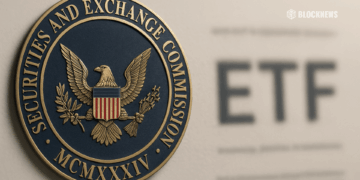- Sui validators approved returning $162M in frozen funds from the Cetus exploit after a community vote.
- Debate sparked over decentralization as some praised validators’ quick action, while others questioned their authority.
- Cetus plans a full restart within a week, including a compensation contract for affected users.
The Sui blockchain community just took a major step in damage control mode. After the recent Cetus DEX exploit, which drained more than $220 million in assets, validators jumped in and froze $162 million before it vanished. Now, a governance vote has cleared the way to get that frozen chunk back to users.
The vote wrapped up on May 29 with 90.9% of validators backing the recovery plan, while a few sat it out or abstained. So what’s next? Those locked-up funds will be shifted to a multisig wallet, held safely in trust until Cetus rolls out its user repayment program. According to Sui’s latest post, that process is already in motion.
Debate Over Decentralization Sparks Conversation
This whole thing kicked off some heated debates online—especially about whether validators should have the power to freeze onchain assets. Some in the decentralization camp weren’t thrilled, arguing it’s a slippery slope. Others, though, saw the quick response as a much-needed win against growing DeFi hacks.

The fund recovery is just one part of a larger playbook. Cetus is also tapping into its own treasury, plus getting a helping hand from the Sui Foundation via an emergency loan. If everything stays on track, the comeback could be fast.
Cetus Targets Full Recovery in One Week
Following the vote, Cetus laid out a detailed recovery roadmap. First up: a protocol upgrade to transfer the frozen funds to its multisig wallet. That’ll be followed by the launch of a new emergency pool and a full restoration of protocol data.
They’re shooting for a full restart within a week. And for users who got burned? A dedicated compensation contract is already in the works—auditor review and all. Once Cetus is live again, affected liquidity providers will regain access to recovered funds, and any leftover losses will be covered through claims via the new contract.
Bottom line: it’s a messy situation, but one that’s being handled with speed, transparency, and community backing. In crypto, that combo’s not something you see every day.














